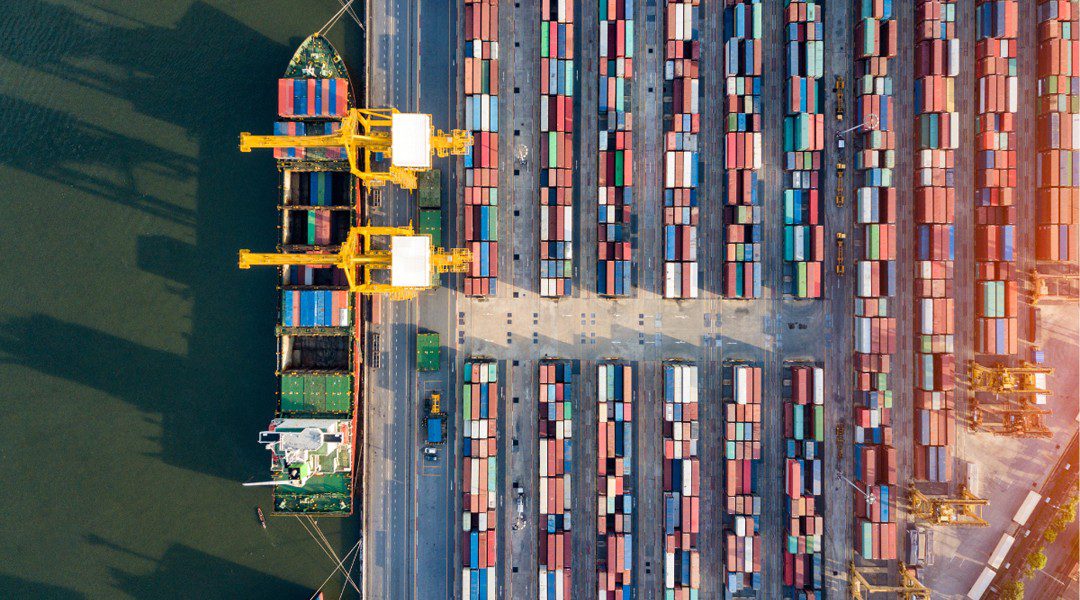Hot work with gas-cutting equipment on cargo ship Kota Bahagia (IMO 9593672) was the
source of a fire on board a cargo ship in New Zealand in December 2020 that raged for seven days, New Zealand’s Transport Accident Investigation Commission (TAIC) has said in its final report on the incident and response.
On December 18th 2020 the vessel was discharging a high-value cargo of wind turbine components at Napier Port. Shore-based workers were on board doing hot work with gas-cutting equipment to remove steel brackets that were welded to the hold floor to keep the cargo in place.
TAIC Acting Chief Investigator of Accidents, Naveen Kozhuppakalam, said that molten material from gas-cutting hot work was “very likely” (i.e. more than 90%) to have caused the fibre-glass cargo to catch fire.
Responding to the fire, Fire and Emergency NZ (FENZ) took charge of the unified command team, which comprised the ship’s crew, FENZ firefighters, and the Port authorities. The ship’s master followed FENZ’s orders and evacuated people from the ship.
“The ship’s master knew that the crucial firefighting tactic was to close the cargo hold cover and release carbon dioxide into the hold. To close the cover, the crew needed to go back on board to hoist a crane wire and container spreader out of the hold,” said Kozhuppakalam.
“The master tried to convey these tactics to the FENZ officer in charge, but valuable time was lost because FENZ staff didn’t initially give due regard to the master’s command status and knowledge of the ship and its systems. The Commission found that suppression of the fire was further delayed because the parties involved lacked a shared and consistent
understanding of each other’s roles and objectives.”
The fire caused extensive damage to the ship’s hold and the cargo, but there were no fatalities or serious injuries.
The TAIC reiterated two recommendations that it had made to FENZ in 2018, and one recommendation to the ship’s operator, Pacific International Lines.
The response to the fire on the Kota Bahagia revealed safety issues that were similar to those identified by the TAIC in its November 2018 report on a fire on the Hong Kong-flagged, 10,352 gt, 1991-built container ship Kokopo Chief (IMO 8907412)in Port of Tauranga.
FENZ indicated after the report on that incident that it would complete reviews in 2019. But these reviews were not complete when the Kota Bahagia fire occurred in December 2020.
“To completely implement the Commission’s 2018 recommendations, Fire and Emergency NZ needs to urgently update its training regime to include the latest procedures and guidance for fighting fire onboard ships,” said Kozhuppakalam, adding that TAIC welcomed FENZ’s safety actions so far, which included new documents that the status and authority of
the master; new procedures for fighting fires on ships; and work with ports to formalize firefighting collaboration.
TAIC made one new recommendation – that Pacific International Lines take further steps to ensure that the safety precautions prescribed in its Safety and Emergency Manual are implemented effectively on board its vessels.
TAIC welcomed the safety actions taken by Pacific International Lines to date, but said that it believed that further action was still required to meet the intent of the recommendation.
The Commission also welcomed Napier Port’s proactive safety actions. Its fire hydrants and firefighting equipment have distinctive new markings and the Port strengthened its relationship with FENZ.
2011-built, Singapore-flagged, 18,189 gt Kota Bahagia is owned by PSI 2 Pte Ltd care of manager Pacific International Linsed Pte Ltd of Singapore. It is entered with North of England on behalf of China Shipowners Mutual Assurance Association (CPI).






